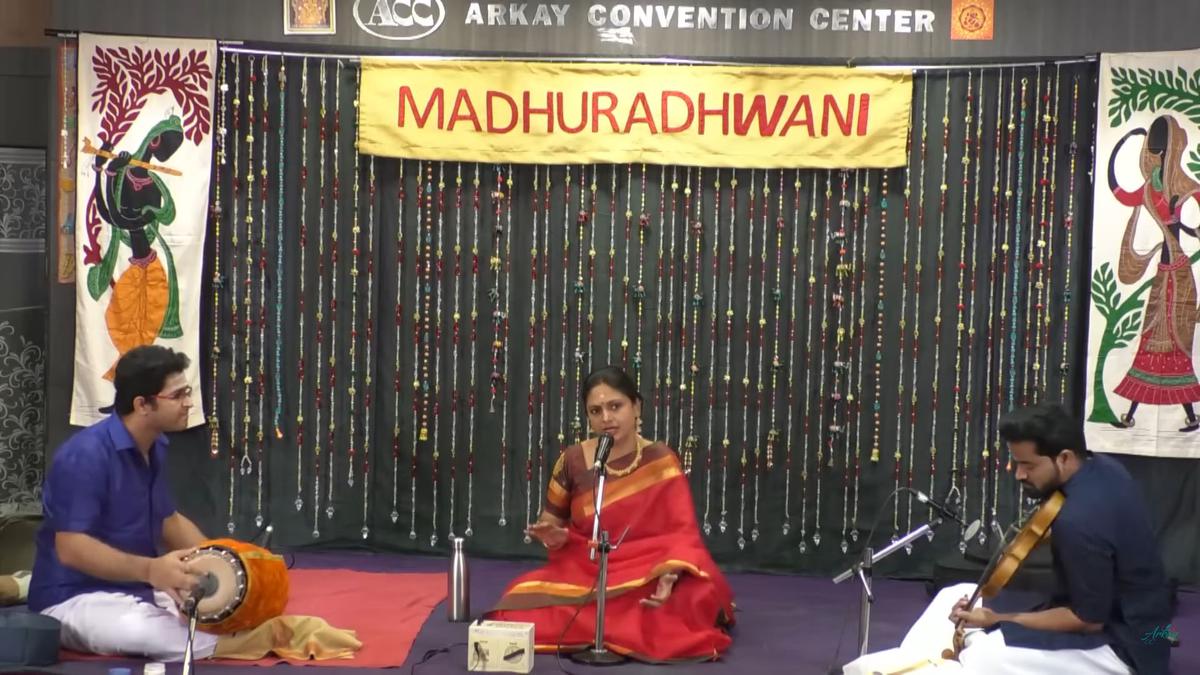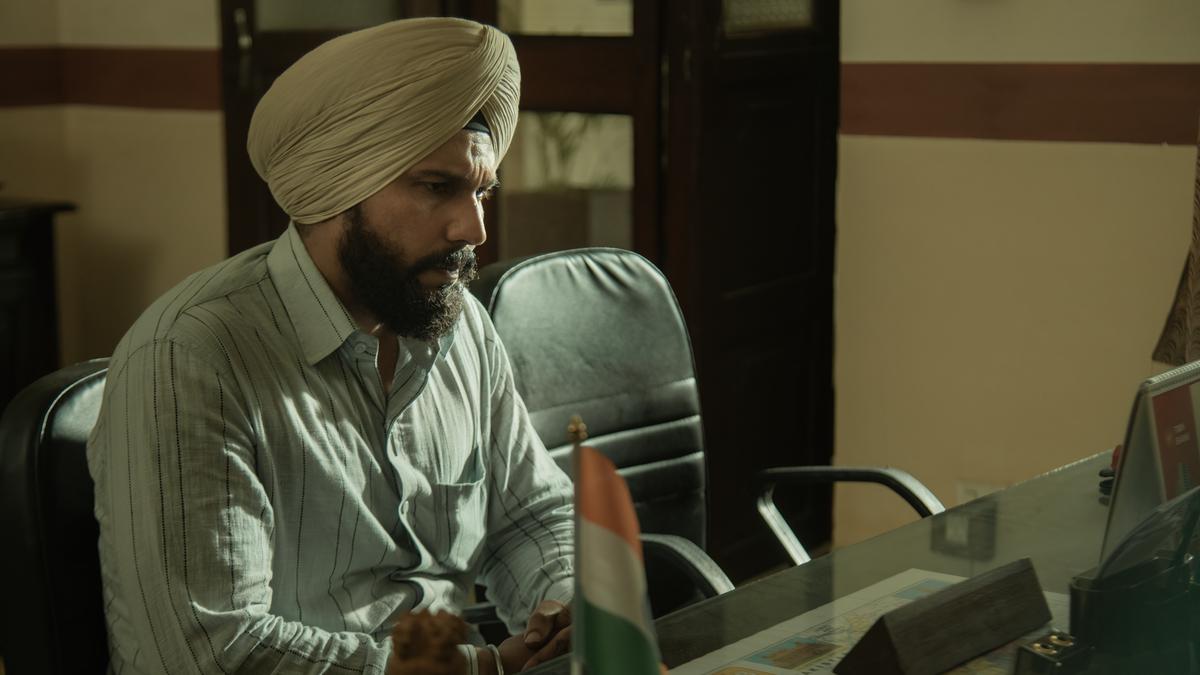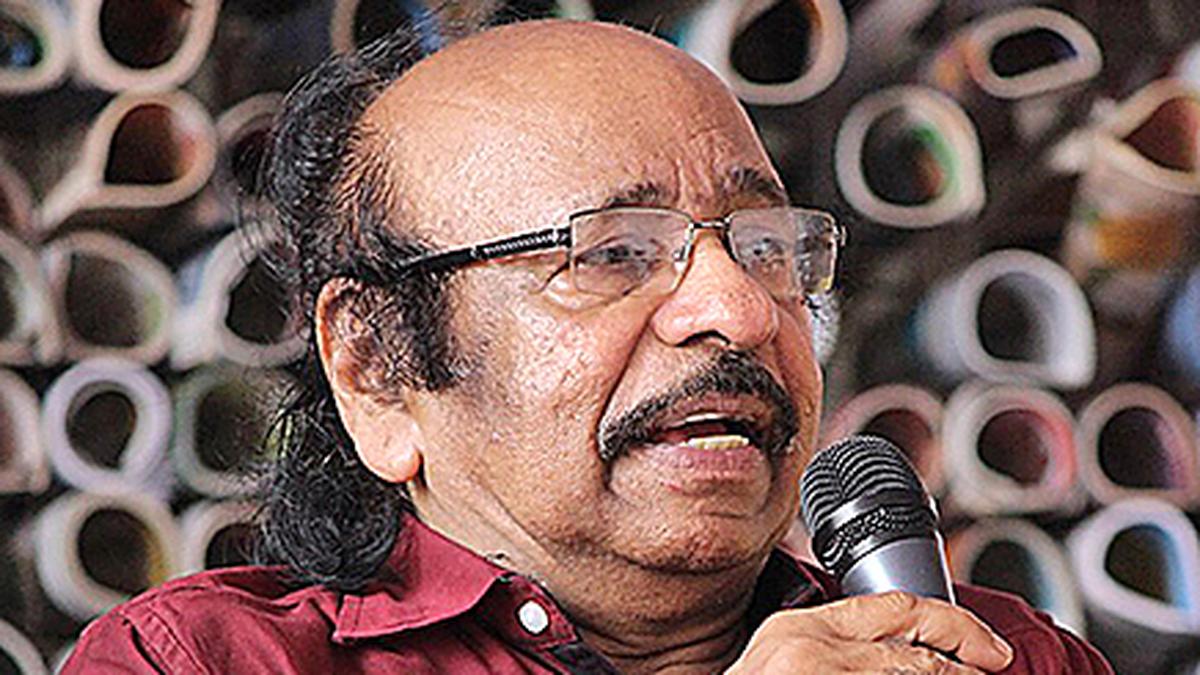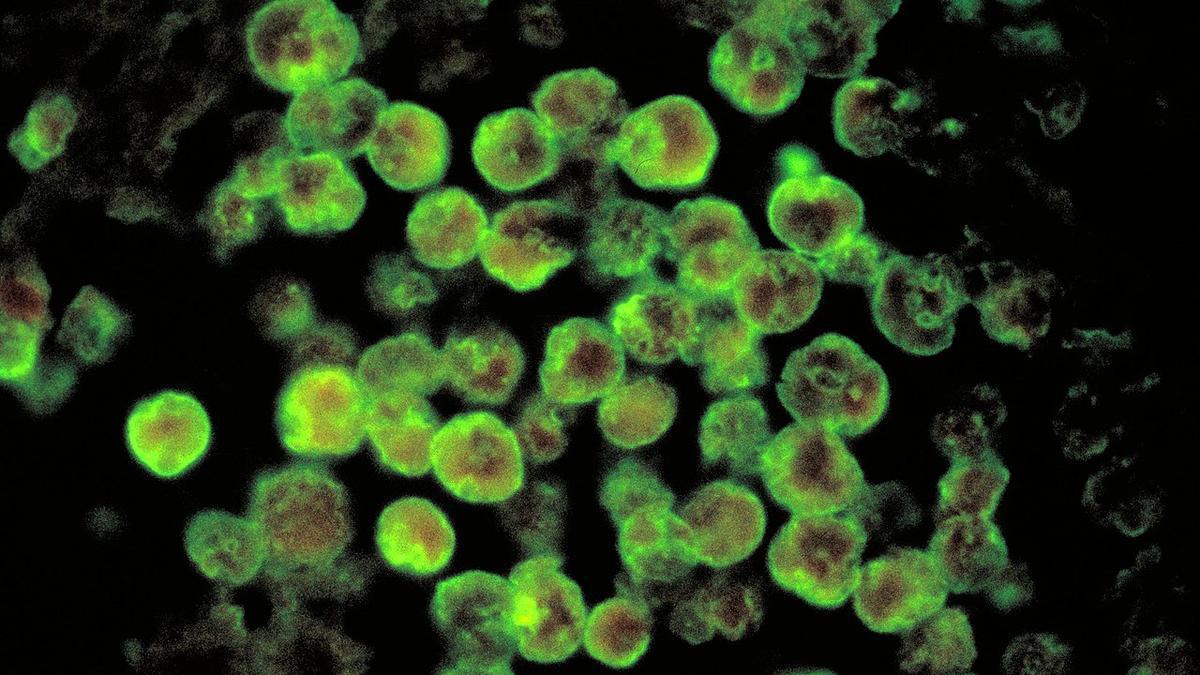In a secluded opera box in 1931, Bela Lugosi as Dracula looms over Mina Seward, Jonathan Harker, and Lucy Weston. Weston recites a toast in jest, “Quaff a cup to the dead already, hurrah for the next to die,” and Lugosi is quick to respond: “To die, to be really dead, that must be glorious…there are far worse things awaiting man, than death.” When Tod Browning directed this film, Hollywood truly believed that far worse things than death awaited our screens: the queers.
Tucked within Lugosi’s flamboyant cape, hiding beneath Dr. Frankenstein’s experiments, and threatening to erupt from teenagers turning into werewolves, the depiction of queerness in Hollywood has been pushed into the nooks and crannies of horror films. The monster and the homosexual, both an ‘othered’ entity, have existed in a conflated relationship. Without explicitly addressing homosexuality, Hollywood created a coded language. The foreign Count Dracula who brought moral corruption, sucking away at society’s pure blood, and the unnatural creation of Frankenstein that stood jarringly in contrast to God’s natural creation, represented the anxieties that normalisation of homosexuality posed.
It is also why openly gay filmmakers like James Whale found this genre to be a way of coded self-expression. Collaborating with other queer artists of the time, Whale directed Universal Studios’ slate of horror films including Frankenstein (1931), The Old Dark House (1932), and Bride of Frankenstein (1935). He infused them with an eccentric mise-en-scène that spoke the secret shared language of queerness. Queer filmmakers of the time, who could not openly address their ostracisation, created monsters that shared their pain onscreen.
Man’s horror companion: the Vampire
To identify a hero, we need a villain, and to validate our humanity, we have created monsters, of which the most constant has been the vampire. From folklore staple to guaranteed blockbusters, vampires have died and come back to life to occupy prime entertainment position. Carrying the fear of being hunted, alongside the dread of an eternal existence, vampires have presented society with an almost blank canvas on which it has cyclically painted its conservative fears.
Following the implementation of the Hays Code in 1934, Hollywood further marginalised the vampire, divorcing the creature of any complexity. The late 1950s up to the 1960s saw a surge of Dracula films by Hammer Film Productions which relied on morally simple plotlines featuring a rudimentary monster.
Later, as American morality walked the tightrope of the Watergate scandal, its psychological fears were reflected in the 1979 series of Salem’s Lot. Adapted from a Stephen King novel, it doubled down on the familiar premise of a small town being run over by foreign vampires.
Eventually, on the heels of the feminist and LGBT movements of the previous decade, Tony Scott’s The Hunger (1983), marked a turn in vampire media. Casting an envious eye on the prospect of eternal youth, Scott located the drama between a trio of explicitly queer vampires played by David Bowie, Susan Sarandon, and Catherine Deneuve.
Events finally came to a head when vampires migrated to our television screens. through series’ like Buffy the Vampire Slayer (1997), True Blood (2008) and The Vampire Diaries (2009).
Suppressing queer intimacy
However, before these straight teenage high-school vampires chose to glitter in the sun, the sub-genre had served as an outlet for queer intimacy.
Prior to Stoker’s Count Dracula, John William Polidori and Sheridan Le Fanu had enriched gothic literature with individually complex monsters. Polidori’s Lord Ruthven, in The Vampyre binds his human companion to an oath, while Le Fanu’s eponymous Carmilla seduces her female lover and prey. In her book, Our Vampires, Ourselves, Nina Auerbach describes Le Fanu’s vampire as one that invokes “the horror inherent in the Victorian dream of cosiness, the restoration of lost intimacy and comfort.” Carmilla, has seen multiple adaptations, all of which have followed the vampiric woman seeking out a comparatively naïve partner.
The implicit sexual transgression of the female vampire existed to increase the weight of the antagonist’s sin. In Dracula’s Daughter (1936) Countess Marya Zaleska desperately seeks out a psychiatrist. “It came over me again, that overpowering command, wordless, insistent, and I had to obey,” she tells him. When he probes further, she hangs her head in shame saying, “I can’t tell you, it’s too ghastly.” A parallel to medical interventions against homosexuality, the figure of the vampire in fiction seeks self-suppression to fit into society. The queerness of female vampires, written in by men, for the pleasure of men, was swiftly punished to soothe the morality of men.
Meanwhile the rendering of the most famous vampire in literature, written after the Oscar Wilde trials, steers clear of homoeroticism. Auerbach notes that visual depictions of Dracula in media however have steeped it in homoerotic subtexts. However, the Hays code in 1934 and the ensuing Lavender Scare (when the U.S. government was firing all identifiable homosexual employees), meant that the Dracula was to revert to a one-note villain.
Bringing queer back in horror
Today, television seems to be inching back to horror as a site to explore the nuances of queerness. Jemaine Clement’s What We Do in the Shadows has de-sanitised the conventional family sitcom to make way for a comical vampire found-family. In a rundown house in New York’s Staten Island, the dynamic that unravels between the vampires and their human familiar is rife with not only vampiric eccentricities but also a normalised queerness. The mentions of homosexuality in the vampire personal lives are made in a matter-of-fact manner that removes the burden of marginality. Now in its fourth season, Shadows, has continued its thread of making queerness a constantly evolving part of the storyline and its characters.
American cable television has also caught up with a serialised remake of Anne Rice’s Interview with the Vampire (2022). It adds several layers to Rice’s existing characters, making Louis a black man in early 20th century New Orleans. However, despite the supernatural nature of Louis and Lestat’s romance as two vampires, the show firmly roots its narratives in the politics of the time. As a closeted gay black man, Louis’ relation with his family is impacted by his relationship with Lestat. On the other hand, Louis’ transformation into a vampire is preceded by Lestat coaxing him with, “I can swap this life of shame.”
Meanwhile, Netflix’s First Kill reshapes the archetypical teenage vampire-human romance to make both the leads women. The external obstacles between the two emerge from their identities as vampire and vampire hunter, instead of a queer-based crisis. Emulating its predecessors in a corny storyline, First Kill drew massive viewership but was eventually cancelled after only its first season.
The queer vampire shows of 2022 feed society’s curiosity and investigate the personal lives of the eternal monsters. They are rendered increasingly more human, displaying emotions and anxieties like their mortal counterparts. When the lens that probes them is questioning instead of fearful, we are allowed whole characters instead of snarling monsters.
Queerness as a lived experience has been shamed into solitude. That solitude extended to the screens where the depiction of queerness was violently separated from humanity. In the grotesque, vile, and ostracised monsters the queer community of the 20th century saw themselves represented for the first time. This imagery being the only widely available visual rhetoric also lent itself to the stereotype of the perverse, violent queer. The queer that needs to be made part of society by erasing their queerness. In adding humanity to the queerness of the monsters, our culture returns to the site to resurrect the community that it has buried.








